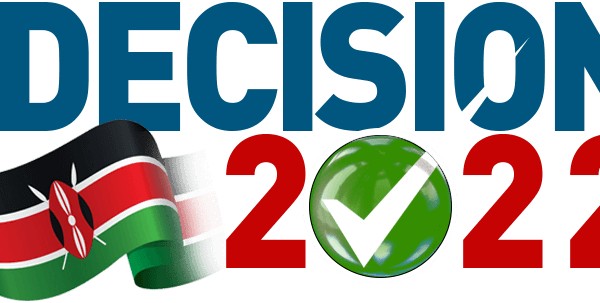As it appeared in the Daily Nation on July 19th 2016
A few days ago, I read an article in the huffingtonpost.com which highlighted that the cost of bad customer service is in excess of $80 billion per year in the USA and over $300 billion worldwide. As I thought over these numbers, I wondered what proportion of the $300 billion was Kenya’s. How much are business losing in Kenya because of poor customer service? Is it Ksh 1 billion a 0.001% of the world or is it more, or could it at its best be a negligible amount? Has anyone ever computed these costs in Kenya? Does anyone at least care to compute the cost of poor customer service in his or her organization?
I believe that the cost of poor customer service is much more than any senior executive and business owner might think. Many elements can go into these costs. They include the cost of repeat jobs, the cost of returned products, the cost of lost customers, the cost of negative publicity. The cost of lost opportunity due to telephone calls not picked up, emails not answered, mismanaged social media interactions and follow-ups not made. In addition, the cost of call-backs, cost of winning back lost customer trust, the cost of attracting new customers to replace those that leave, the cost of front-line staff and management time wasted handling complaints from dissatisfied customers. I am certain one can still add on to this list. Unfortunately, these costs are not standalones on the income statement; they are most often lumped with other costs.
There are many ways of measuring the cost of poor customer service. One measure that is widely used is that of customer dissatisfaction levels. Also documenting every customer complaint and computing the number of complaints, repeat jobs, returned products as pointers to customer service levels is crucial in figuring out the cost of poor service. Another way is tracking customers that leave and conducting exit interviews to find out reason of exit. A simple way of computing the cost of exit is to equating it to the cost of acquiring a new customer.
One of the oldest customer service statistic shows that it costs five times more to acquire a new customer than it would take to retain an existing one. Therefore, it is much cheaper to retain existing customers than to acquire new ones. Customer service statistics also show that satisfied customers are good for business, they are easier to manage, they purchase more and they tell others about the brand. Therefore, aiming for satisfied and loyal customers makes business sense.
Organizations need to go back to the basic and think about their end-to-end customer experience. Some basic question that every business leader and business owner needs to ponder are – What makes our customers happy? What makes our customers dissatisfied? Are our customers happy or unhappy? Loyal or not loyal? Do we have pockets of poor service? If we do, what are the causes of the poor service? How much is it costing us? What can we do about poor service? Without answers to such questions, we cannot get rid of poor service and it will continue to hold us back from growing to our full potential
Lucy Kiruthu is a Management Consultant and Trainer and can be reached on lucy@evolve-consultants.com/old or via twitter @kiruthulucy









